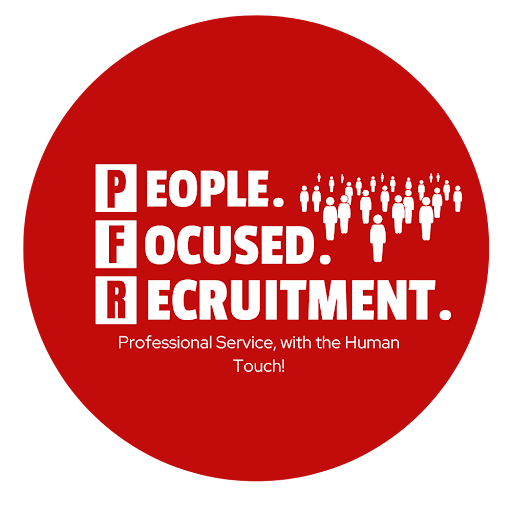How to Present your CV
Creating a standout CV is crucial in today’s competitive job market. Your CV is often the first impression you make on potential employers, so it’s essential to present your skills, experience, and achievements effectively. Here’s a comprehensive guide on how to present your CV to catch the eye of recruiters and hiring managers.
How to Present Your CV
Creating a standout CV is crucial in today’s competitive job market. Your CV is often the first impression you make on potential employers, so it’s essential to present your skills, experience, and achievements effectively. Here’s a comprehensive guide on how to present your CV to catch the eye of recruiters and hiring managers.
1. Choose the Right Format
There are several CV formats, but the most common ones are:
Chronological CV - Lists work experience in reverse chronological order. Ideal for those with a solid work history in a specific field.
Functional CV - Focuses on skills and experience rather than chronological work history. Suitable for career changers or those with gaps in employment.
Combination CV - A hybrid of the chronological and functional CV, highlighting both skills and work experience.
2. Include Your Contact Information
At the top of your CV, include your full name, phone number, email address, and LinkedIn profile (if applicable). Make sure these details are up to date and professional.
3. Write a Strong Personal Statement
A personal statement or professional summary is a brief section at the top of your CV that summarises your key skills, experience, and career goals. Tailor this to the job you’re applying for to show why you’re the perfect fit. Include your personality!
4. Highlight Your Work Experience
List your work experience in reverse chronological order, starting with your most recent position. For each role, include:
Job title
Company name
Location
Dates of employment
Key responsibilities and achievements
Use bullet points for clarity and focus on accomplishments that demonstrate your skills and impact.
5. Detail Your Education and Qualifications
Include your educational background, starting with the most recent. Mention the institution, degree, and dates attended. If you have any relevant certifications or professional qualifications, list them in this section.
6. Showcase Your Skills
Create a section dedicated to your key skills. Tailor these to the job you’re applying for and focus on both hard and soft skills.
7. Include Additional Sections
Depending on your background, you might want to include additional sections such as:
Professional Memberships - Relevant industry associations.
Volunteer Experience - Volunteering roles that demonstrate relevant skills.
Languages - Any languages you speak and your proficiency level.
Hobbies and Interests- Briefly mention interests that are relevant to the role or show your personality.
8. Keep it Concise and Professional
Aim for a CV length of 1-2 pages. Use a professional font like Arial or Times New Roman, size 10-12. Ensure consistent formatting, with clear headings and bullet points for readability.
9. Proofread and Edit
A CV with spelling or grammatical errors can create a poor impression. Proofread your CV multiple times and consider asking a friend or colleague to review it.
10. Tailor Your CV for Each Application
Customise your CV for each job application, emphasising the skills and experiences most relevant to the role. Use keywords from the job description to increase the chances of your CV passing through Applicant Tracking Systems (ATS).
Presenting your CV effectively can make a significant difference in your job search. By following these tips and tailoring your CV to each job application, you’ll increase your chances of catching the attention of recruiters and landing your dream job.
For more personalised CV advice or to learn about our current job openings, contact PFR Recruitment today. Let’s help you take the next step in your career!












